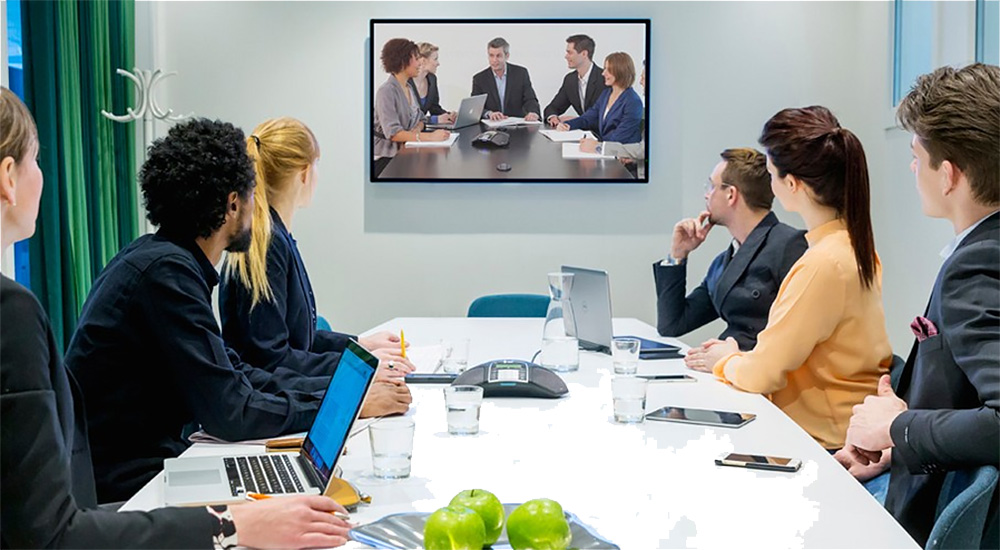Seven Steps to Better Meetings
Andy Konsewicz
October 21, 2020

Certain companies manage to have meetings that are both lively and informative and also lead to action. So what lies behind their success? Careful preparation is one of many critical factors. Here is a practical checklist of seven steps that make it easier to create a positive meeting environment.
Our tips for better and more effective meetings apply in many ways to both in-person and remote meetings. Of course, the specific concern with remote meetings is the need to bear in mind that not everyone is sitting in the same room. As a consequence, everyone needs to have access to user-friendly technology that works and the meeting’s conference phone has to deliver good sound. Poor sound can lead to misunderstandings, create irritation and drain energy from the meeting participants.
DETERMINE DOWN THE PURPOSE
Be clear about the purpose of the meeting and what you expect from the participants. Is it a meeting for information, debate or decision-making?
INVITE THE RIGHT PEOPLE
Invite people who will bring something to and get something out of the meeting.
SEND OUT BACKGROUND INFO
Send background information to the participants along with a personal comment to each one about what is expected from them at the meeting.
SET AN AGENDA
Send out a clear agenda and list of participants well ahead of the meeting. If the meeting is going to be longer than 45 minutes, factor in a 10–15 minute break for everyone to stretch their legs before continuing. Point out that you will begin and end the meeting at the appointed time even if someone is missing.
MEETING ENVIRONMENT – MAKE SURE THE TECHNOLOGY WORKS
Inform people about any technology that is being used. Describe how you connect to
the meeting (phone number or PIN code) or whether the participants will be called up.
If it is an online meeting, add information to the invitation about the required software and hardware, how to use the service and how to ensure a good audio experience.
Before you conduct your first meeting, it is worth practicing by making a few test calls and trying out different features. How will the meeting be documented? The recording function is a useful option here. Prepare to take notes.
DYNAMIC – INCLUDE EVERYONE
Welcome and introduce everyone. This establishes an inclusive atmosphere, including for the people who are not physically present.
Manage the dynamic in the group, make sure that everyone gets to have their say, deal with any conflicts. If something happens in the room that maybe raises a laugh, for example, describe this to the remote participants so everyone feels included.
FOLLOW UP QUICKLY
Provide rapid feedback after the meetings using notes in bullet form. Set out what needs to be done, when and by whom. Send this all out as soon as possible (preferably the next day).


